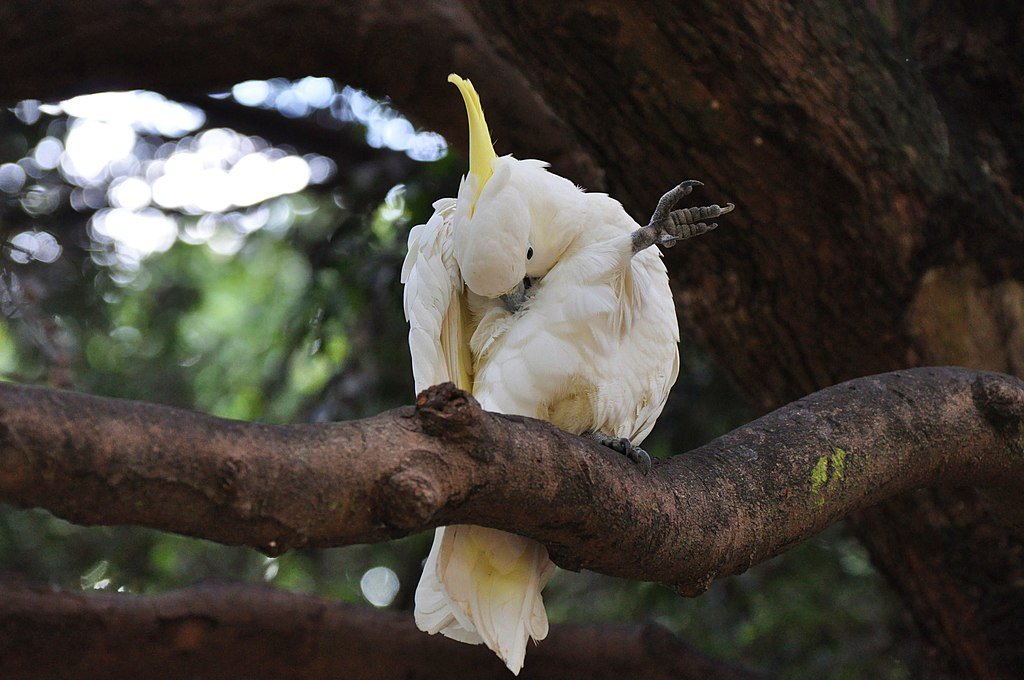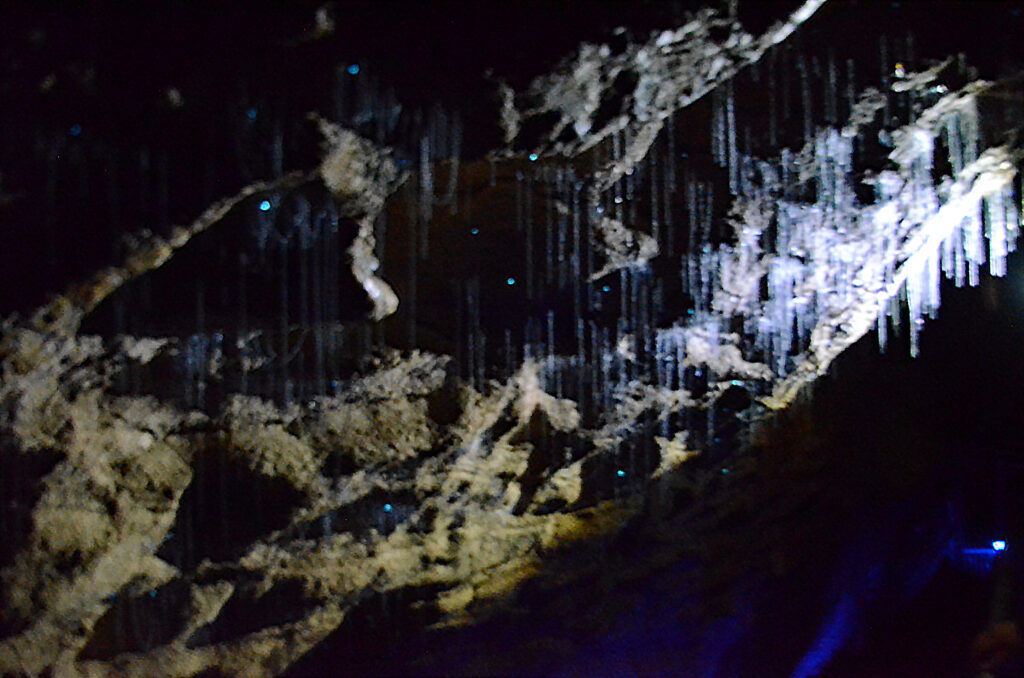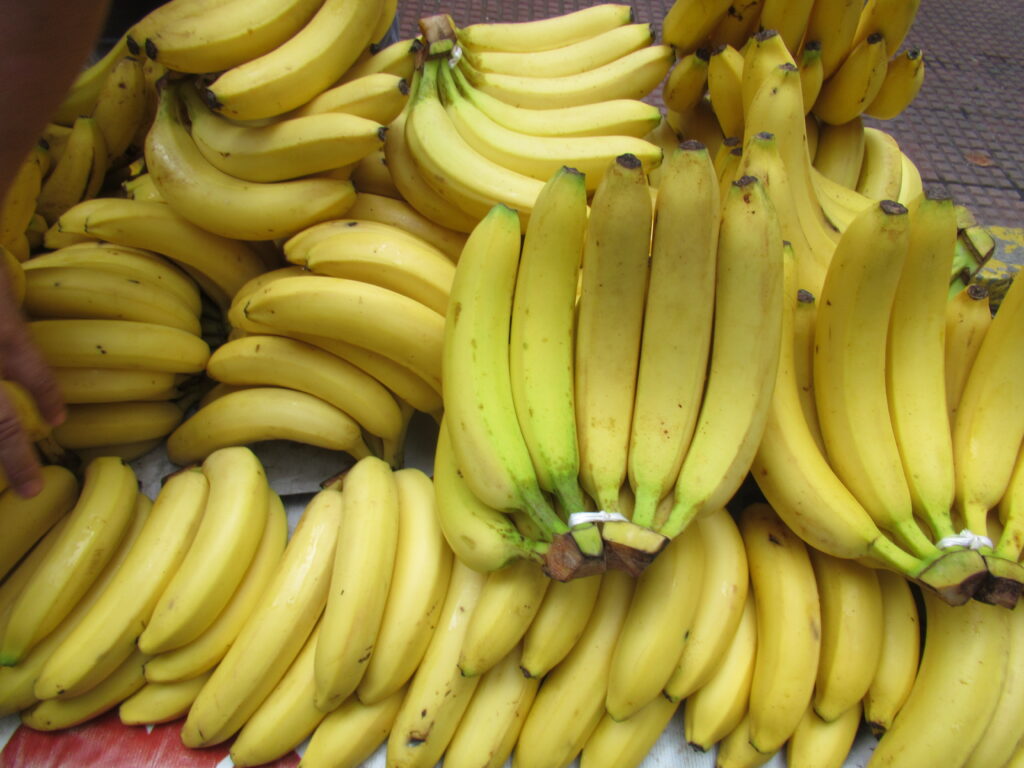New research has revealed that wild sulphur-crested cockatoos in Western Sydney have figured out how to operate public drinking fountains to access fresh water. Scientists observed the birds using their beaks and feet to twist the handles, demonstrating remarkable problem-solving skills and social learning.
The Discovery of Cockatoo Fountain Use
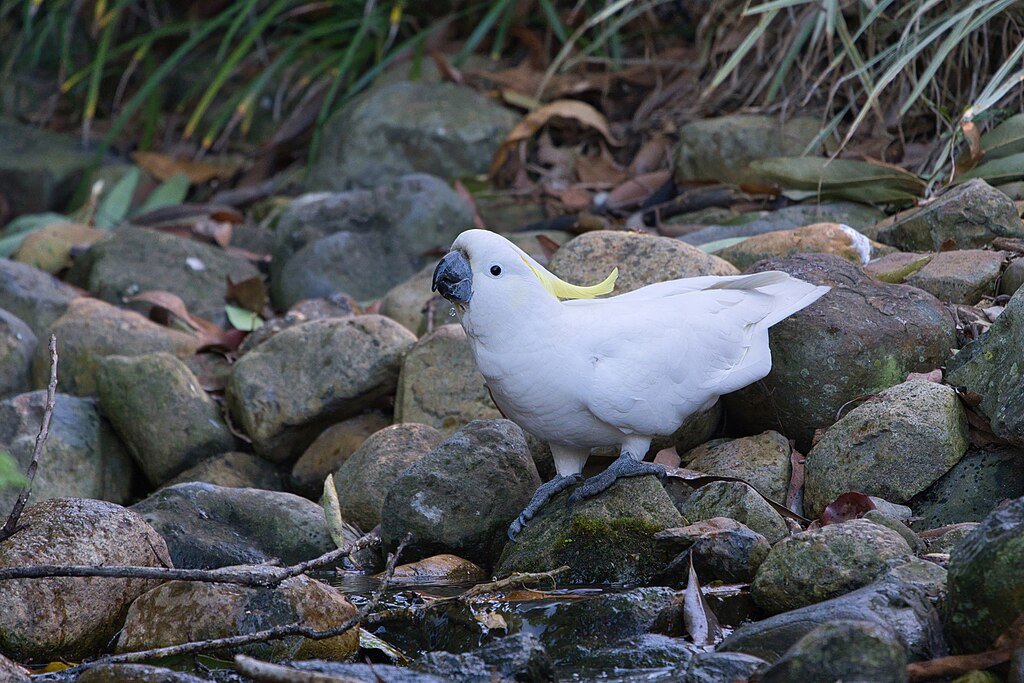
Researchers from the Max Planck Institute of Animal Behavior and Western Sydney University set up motion-triggered cameras near public drinking fountains to study the bird’s behavior. They found that cockatoos turned the handle with their beak and used their body weight to keep it twisted while drinking. This behavior suggests that the birds have learned to manipulate human-made objects to meet their needs.
Social Learning and Skill Development
The study revealed that cockatoos take turns using the fountains, sometimes forming queues. Researchers noted varying skill levels among individuals, indicating that the behavior spreads through social learning. This aligns with previous observations of cockatoos opening trash bins and using tools to access food, reinforcing their reputation as highly intelligent birds.
Why Cockatoos Prefer Fountain Water
While cockatoos have access to natural water sources like streams and ponds, they seem to prefer fountain water. Scientists speculate that the fountains provide cleaner water, reducing the risk of illness. Additionally, the birds may find the challenge of operating the fountains engaging, further encouraging the behavior.
Implications for Urban Wildlife Studies
The findings highlight how urban environments influence animal behavior, showing that cockatoos can adapt to human infrastructure in unexpected ways. Understanding how wildlife interacts with cities can help conservationists develop strategies to support biodiversity while minimizing conflicts between humans and animals.
Conclusion
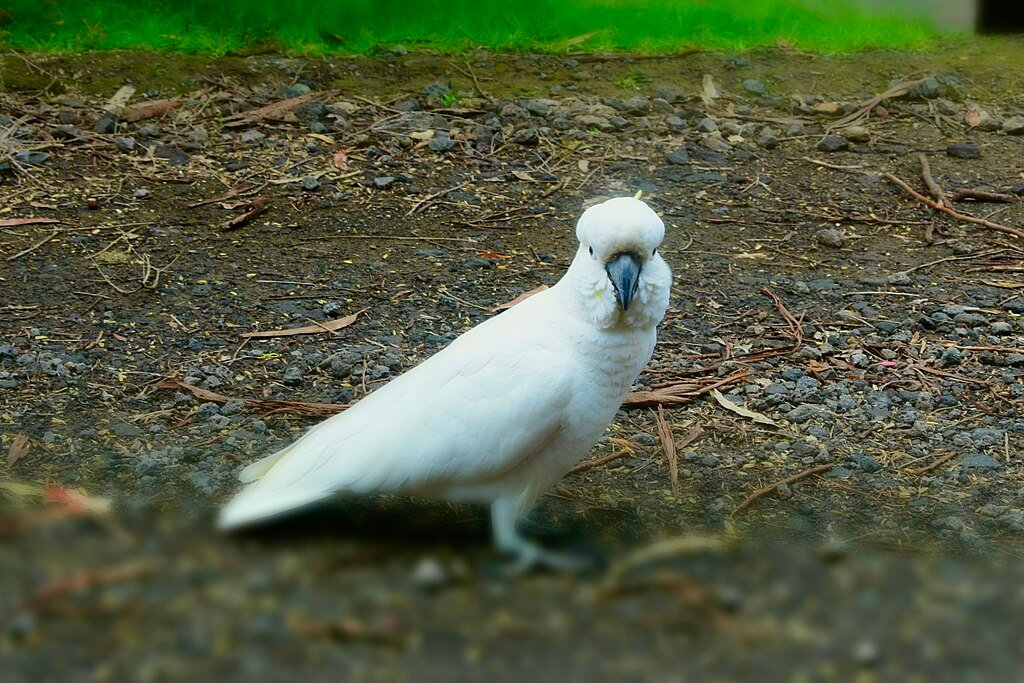
The discovery that wild cockatoos in Sydney have learned to use drinking fountains showcases their intelligence and adaptability. As researchers continue to study urban wildlife behavior, these findings may provide insights into how animals evolve alongside human environments.
Source:


